After several years of decline, the global semiconductor industry will finally usher in a new upward cycle by 2024. As of now, multiple sub sectors have shown signs of "recovery". What are the specific performances of these sub markets? In this issue, the ESM China analyst team conducted trend analysis and market outlook on hot topics or fields such as generative AI, accelerated computing, intelligent driving NOA, automotive chips, wide bandgap semiconductors, storage chips, display panels, brain computer technology, satellite communication, and chip distribution.
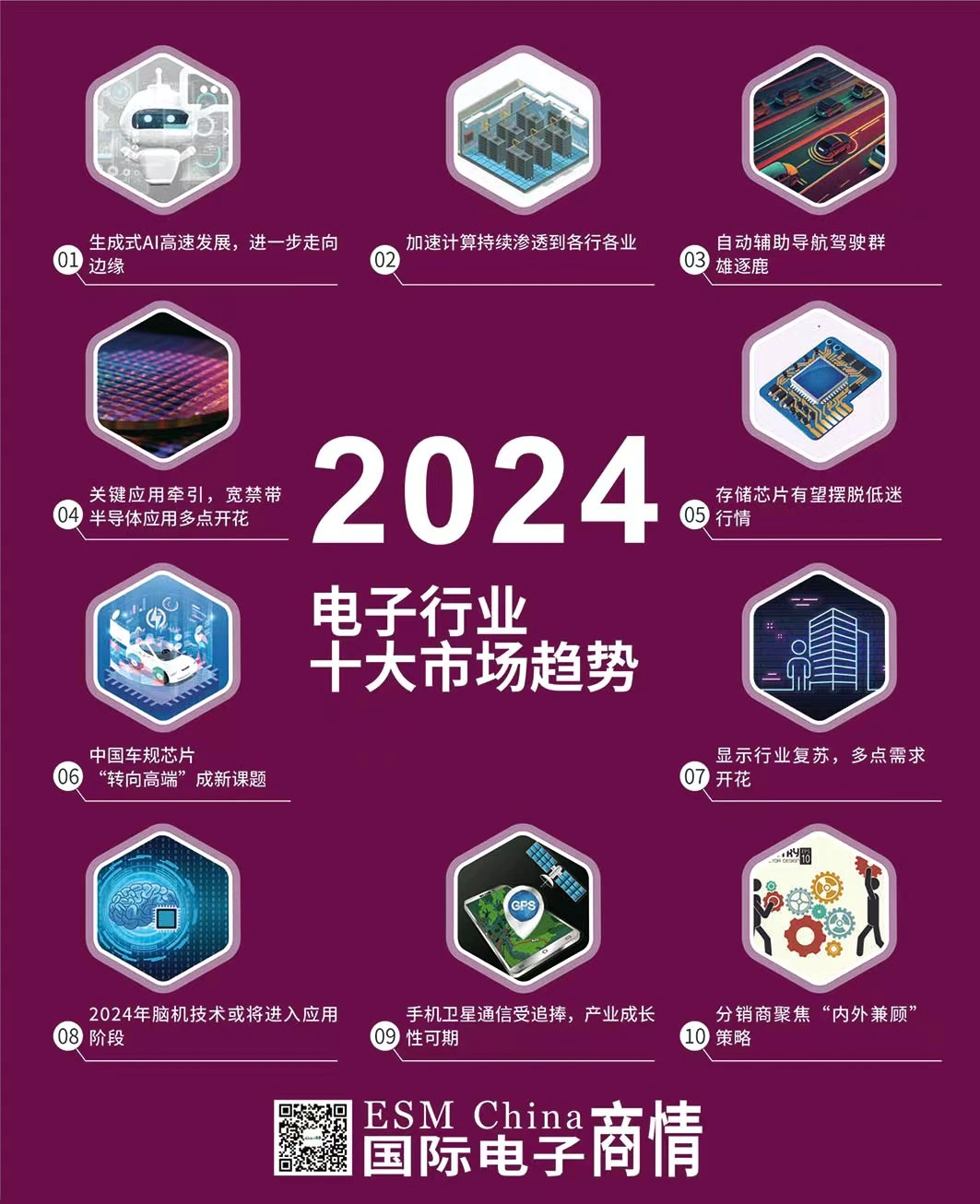
Trend 1: Rapid development of generative AI, further moving towards the edge

Hot year for generative AI represented by ChatGPT and Stable Diffusion, and even OpenAI's corporate gossip can become an absolute hot topic this year. Google, a search giant, has even experienced unprecedented "white terror" due to the large-scale application of the GPT model.
Many industry giants, including Meta, Baidu, Microsoft, Alibaba, etc., are competing to promote their own big models; Nvidia has specially added a Transformer engine for accelerating large model computing to this generation of GPU architecture. In 2023, various AI chip companies with high computing power have shifted their marketing direction and actively emphasized the chip's ability in large-scale training or inference of generative AI models.
Making generative AI write code, design, and create productivity has all performed miracles one after another in 2023. Even with the help of dialogue with generative AI, a large amount of work on chip design and digital front-end can be completed by generative AI without writing a single line of code. At the Nvidia GTC Fall Developers Conference in 2023, Huang Renxun demonstrated "giving Generative AI a PDF document of a factory's 2D drawings". Generative AI delivered a physically accurate digital twin of the entire factory in a very short amount of time.
We believe that the future value direction of generative AI market will never be the model of ChatGPT charging service fees to the public. For example, in the early stages of chip design and digital twin construction, the direction for creating value is for generative AI to enter different industries and vertical segmented markets. In 2023, some enterprises have begun to launch enterprise level generative AI solutions and services, and 2024 will be the key to the development of this model.
In addition to AI technology research, the application of generative AI in vertical markets also means that generative AI is not just running on the cloud, but continues to move towards the edge - especially when there is more fine-tuning and market based customization demand for models. Design, architecture, scientific research, healthcare, manufacturing and other fields will undergo profound changes due to generative AI.
Not only at the edge of enterprises or data centers, generative AI reasoning will also play an increasingly important role in more end devices, such as PCs, smartphones, and even embedded applications. Like Intel's upcoming large-scale promotion of the AI PC concept, MediaTek has also added a generative AI acceleration engine specifically for mobile AP SoCs. In short, market participants from different positions are eager to try and get a share in the new era of generative AI.
Trend 2: Accelerating the penetration of computing into various industries

Especially with the increasing demand for accelerated computing in data centers as an external manifestation, the position of general-purpose processors such as CPUs in system architecture is no longer as absolute as in the past. The best evidence to support this proposition in 2023 is the Q2 Q3 natural quarter, where Nvidia's quarterly revenue surpassed Intel for the first time (Nvidia FY2024 Q2 vs. Intel FY2023 Q2) - although this comparison may be related to the rapid development of AI, and from an enterprise perspective, this quarter is Intel's trough in recent years and Nvidia's peak.
Previously, ARK Investment predicted that the value of accelerators, including GPUs, ASICs, FPGAs, etc., in data center servers would grow at a CAGR (compound annual growth rate) of 21% between 2020 and 2030. By 2030, the accelerator market value will reach 41 billion US dollars, while the CPU market value will be 27 billion US dollars. In other words, accelerators significantly compress the market space for CPUs. This is also the reason why traditional CPU giants represented by Intel and Arm are striving to promote XPU heterogeneity strategies.
If we talk about vertical segmentation markets, let's still take the semiconductor industry as an example: Currently, the computing power supply of data centers in semiconductor manufacturing Foundry factories is still mainly based on CPUs. However, in reality, certain tasks in semiconductor manufacturing, such as OPC imaging, require a large amount of matrix multiplication operations - these tasks are well suited for GPUs or other accelerators to advance.
At the Nvidia Developer Conference in 2023, Nvidia specifically released the cuLitho acceleration library for lithography, which truly allows GPUs to participate in computing. Its performance and energy efficiency have been improved dozens of times compared to traditional general-purpose computing processors. It is said that only 500 servers with GPU acceleration are needed to complete the work that only 40000 CPU servers could have completed. The data center space occupation is 1/8 of the previous one, and the power consumption is 1/9 of the previous one.
In the past few years, such stories have been staged in many fields. With the slowdown of Moore's Law, the performance and energy efficiency dividends obtained by manufacturing processes are gradually less impressive than those of the earliest years of semiconductor technology development. However, the trend of social digital transformation and energy conservation and carbon reduction still requires further improvement in performance and energy efficiency. What meets market demand must be accelerated computing beyond general computing, which is also the theoretical basis for our prediction.
In fact, the implementation of AI technology in various industries is essentially a form and manifestation of accelerating the development of computing. The supercomputer market will soon be dominated by accelerators, and HPC applications such as analog simulation, digital twins, and quantum computing have begun to be widely applied for accelerated computing; Broadly speaking, supercomputing is a part of data centers - the digital transformation of society and life will accelerate the continuous application of computing to various industries.
Trend 3: Autonomous assisted navigation driving competes with other drivers

Autopilot (NOA), also known as "Navigation on Autopilot" or "Advanced Intelligent Driving" in the industry, essentially combines navigation and assisted driving. It is an autonomous driving assistance system based on vehicle sensors and high-precision map data, aimed at helping drivers drive safer and more efficiently on highways and urban roads.
According to application scenarios, NOA can be mainly divided into high-speed NOA and urban NOA. Currently, high-speed NOA has achieved large-scale implementation, and urban NOA is entering a rapid promotion stage. From January to September 2023, the high-speed NOA penetration rate of passenger cars in China was 6.7%, an increase of 2.5 percentage points year-on-year; The urban NOA penetration rate is 4.8%, an increase of 2.0 percentage points year-on-year. In 2023, the penetration rate of high-speed NOA was close to 10%, and urban NOA exceeded 6%.
The development of China's NOA began in 2019 when Tesla introduced the NOA function to Chinese users. Subsequently, new forces such as Ideal, NIO, and Xiaopeng also entered and launched high-speed navigation assistance functions. At present, high-speed NOA has gradually become a "standard" feature pursued by various car brands, and perception, regulation algorithms, and product function definitions have become the key to the quality of NOA function experience for various brand car models.
Starting from 2023, the call for "heavy perception and light map" has been increasing. Local Chinese manufacturers mainly rely on BEV+Transformer technology to optimize and upgrade their system perception capabilities, reduce dependence on high-precision maps, thereby reducing costs and promoting the rapid implementation of urban NOA. This also makes the implementation of urban NOA functions an important criterion for judging the level of intelligent driving development of automotive brands, Therefore, leading car companies and suppliers have started to increase their layout.
However, the diversification of all scenarios, especially the complex traffic conditions in China, pose challenges to the development of urban NOA. Participating enterprises not only need to have algorithmic and logical solutions to cope with complex scenarios, but also need to consider new technologies such as large models, multimodal data, automated annotation, and intelligent computing centers. Overall, NOA is still in the early stage of introducing into the consumer market and cannot reach commercial maturity in the short term. Local car companies still need to provide sufficient and correct guidance and education to users while developing their functions.
Trend 4: Key application traction, wide bandgap semiconductor applications, multi-point flowering
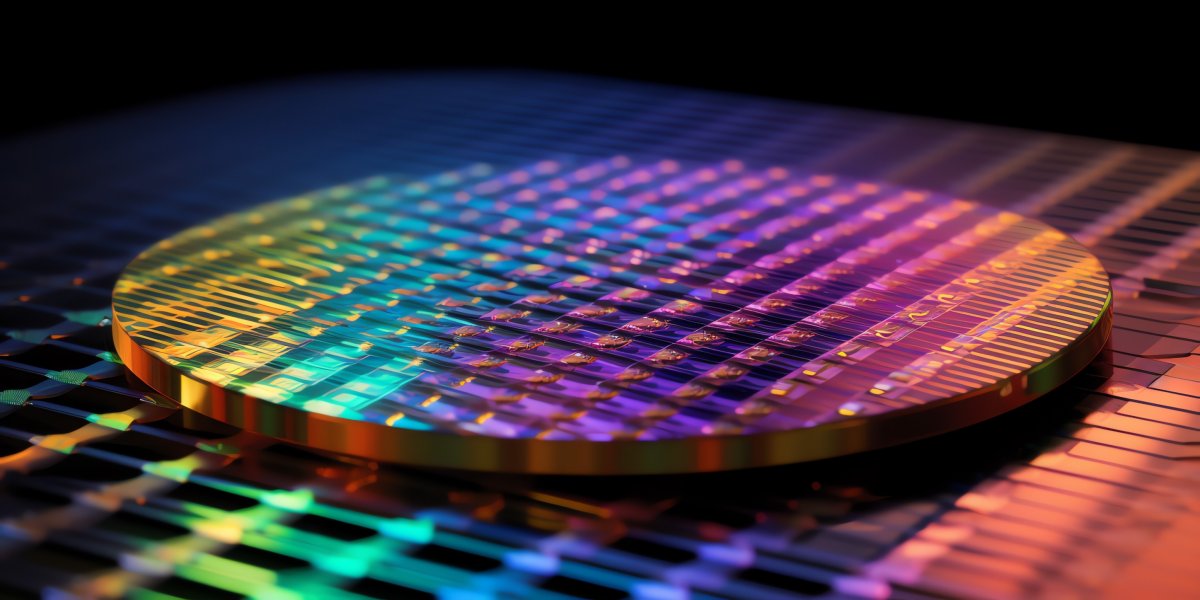
As the semiconductor industry gradually enters the post Moore's era, wide bandgap semiconductors have entered the historical stage and are seen as an important area for "lane changing overtaking". It is expected that in 2024, wide bandgap semiconductor materials represented by silicon carbide (SiC) and gallium nitride (GaN) will continue to be applied in communication, new energy vehicles, high-speed rail, satellite communication, aerospace and other scenarios, and achieve rapid growth in the global application market.
The largest application market for silicon carbide (SiC) devices is in new energy vehicles, which is expected to open up a billion dollar market. The ultimate performance of silicon carbide substrates is superior to that of silicon substrates, and can meet the application requirements under high temperature, high pressure, high frequency, high power and other conditions. Currently, silicon carbide substrates have been applied in RF devices (such as 5G, national defense, etc.) and power devices (such as new energy, etc.). And 2024 will be a big year for SiC production expansion. IDM manufacturers such as Wolfspeed, Bosch, Rom, Infineon, and Toshiba have announced accelerated production expansion and believe that SiC production will increase by at least three times by 2024.
Gallium nitride (GaN) power electronic products have been widely applied in the field of fast charging. In the future, it is necessary to further improve the working voltage and reliability, continue to develop towards high power density, high frequency, and high integration, and further expand the application fields. Specifically, the increasing use of consumer electronics, automotive applications, data centers, and industrial and electric vehicles will drive the growth of the GaN industry to over $6 billion.
The commercialization of gallium oxide (Ga ? O ?) is approaching, especially in the fields of electric vehicles, power grid systems, aerospace, etc. Compared to the previous two, the preparation of Ga ? O ? single crystals can be achieved through a melt growth method similar to that of silicon single crystals, thus having significant cost reduction potential. Meanwhile, in recent years, groundbreaking progress has been made in structural design, manufacturing processes, and other aspects of Schottky diodes and transistors based on gallium oxide materials. It is reasonable to believe that the first batch of Schottky diode products will be launched on the market in 2024.
Trend 5: Storage chips are expected to break free from the sluggish market
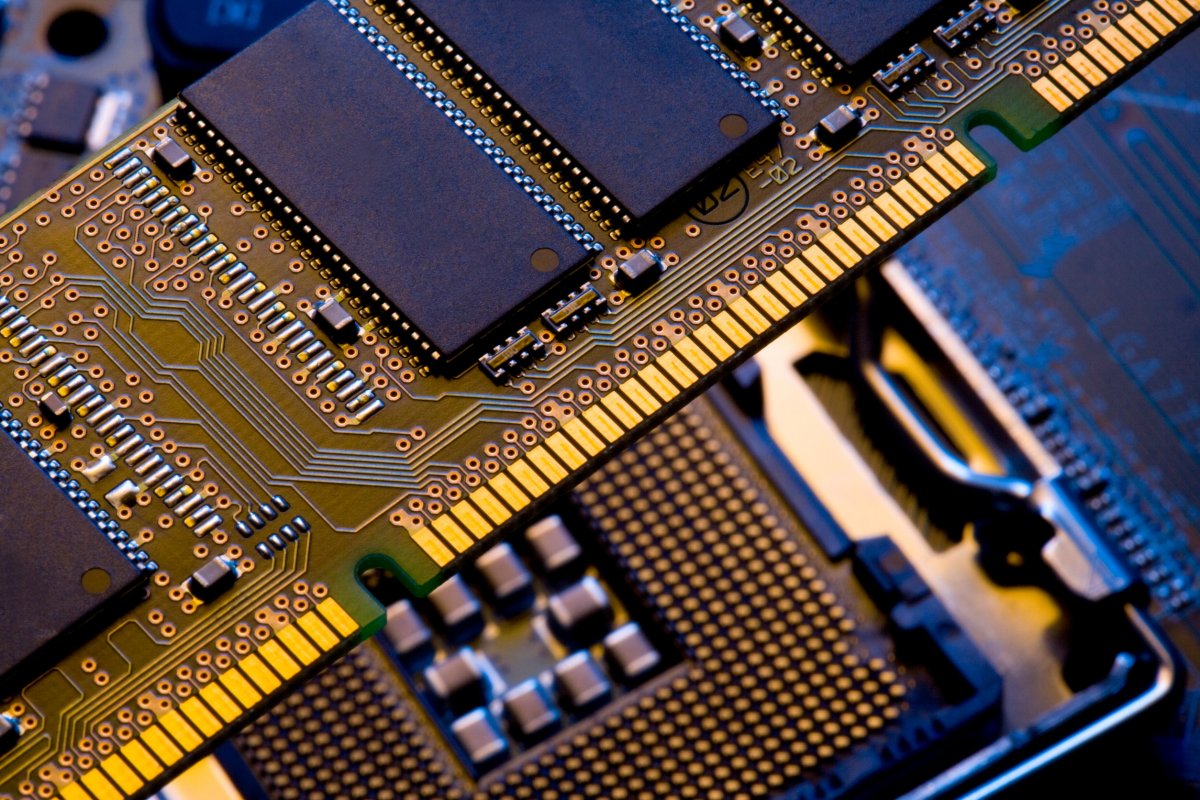
To the popularity of generative AI driving a sharp increase in demand for related semiconductor products, the global semiconductor market is expected to experience a recovery in 2024. Especially for storage chips, it is expected that sales in 2024 will reach $129.768 billion, with a growth rate of 44.8%, becoming the main driving force for the revenue growth of the semiconductor market.
Smartphones, PCs, and servers are the three mainstream application areas for storage chips. With the development of generative AI technology and ChatGPT big language models, storage applications are gradually becoming more diversified. While artificial intelligence is closer to life, it is also giving rise to more AI storage applications, bringing more development momentum to storage application enterprises.
Focusing on the storage industry, starting from Q4 2023, the average prices of DRAM and NAND Flash have shown a comprehensive upward trend. Regarding the market performance of Q4 2023 storage, ESM China believes that the contract price increase of DRAM should be controlled within single digits, while the contract price of Nand Flash can reach up to double digits. It is expected that the overall rise in memory will continue into the first half of 2024.
In terms of HBM, considering that AI servers use at least 1-8 times more memory than traditional servers to achieve faster computing processing, and adopt high-performance memory products such as HBM3 and DDR5 DRAM, this not only drives demand but also has a positive impact on profitability. In response, major global HBM manufacturers are planning to double their HBM chip production by 2024 and reduce investment in other categories of storage chips, especially NAND, which has high inventory levels and poor profitability.
In addition to price increases and AI applications, the recovery of terminal demand is also likely to accelerate the development of storage. Especially with the rapid development of internet devices, security monitoring, big data, the Internet of Things, PC, industry, healthcare, and automobiles, it has created broad opportunities for the storage industry, and the market demand prospects are promising.
Trend 6: China's Automotive Code Chips Turning to High end as a New Topic
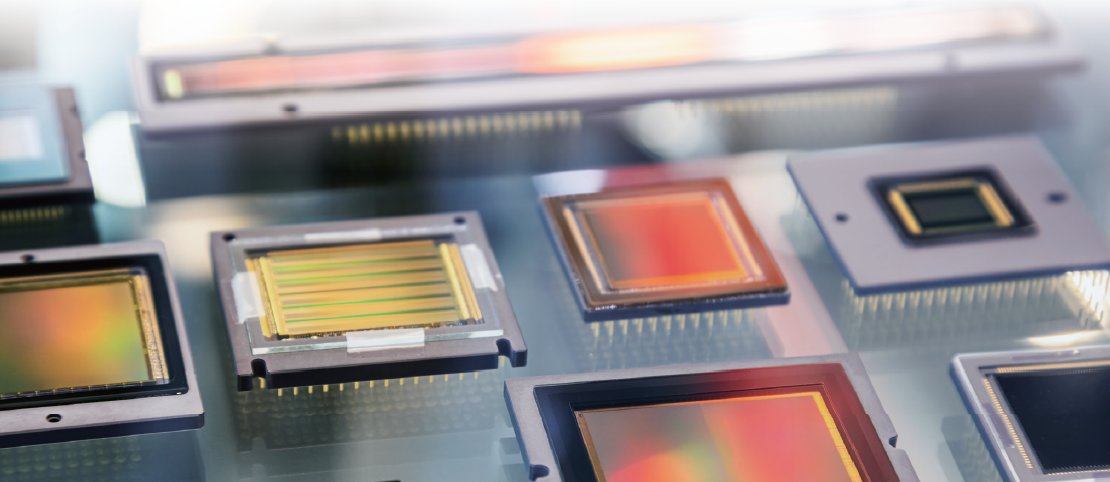
Automotive chips have extremely strict requirements for reliability and stability, and chip certification generally takes 3-5 years, which is undoubtedly a huge cost investment for chip manufacturers. In earlier years, the mass production of automotive grade chips by local chip companies was a relatively fresh news event. In recent years, with an increasing number of enterprises passing vehicle certification, the trend of local vehicle grade chips being piled up on vehicles has become increasingly prominent.
Around 2018, many companies in China announced their entry into the automotive chip industry, including startups and semiconductor companies that have shifted towards the automotive chip industry. Nowadays, these companies are releasing their "transcripts" one after another. As of December 2023, Chinese companies have achieved multiple breakthroughs in ISO 26262 ASIL-D certification (classified in strict order into A, B, C, and D levels for all automotive industry chain enterprises), including "the first operating system kernel to pass ASIL-D certification", "the first MCU to be certified by ASIL-D on the chassis domain", and the first ASIL-D certified IP release ".
Although the investment cost of automotive chips is higher than that of ordinary chips, the huge market opportunities in the automotive chip market are constantly attracting new entrants. According to comprehensive data from ESM China, it is expected that global sales of new energy vehicles will exceed 30 million by 2028, and sales of new energy vehicles in China will exceed 10 million. At that time, the semiconductor chip value of each car will be approximately $900- $1000, and as the semiconductor content of future cars increases, the penetration rate of new energy vehicles will also increase again. In the Chinese market alone, there are huge opportunities for automotive chips.
Specifically, automotive chips can be divided into control (MCU and AI chips), power, sensors, and other (such as memory) categories based on their functions; According to application, it can be divided into automotive powertrain systems, advanced driving assistance systems (ADAS), information entertainment systems, vehicle electronic stability systems, etc. The automotive chips used in different systems also have different quality requirements and standard regulations. For example, tail lights and other components must comply with ASIL-A, lights and brake lights must comply with ASIL-B, cruise control generally requires compliance with ASIL-C, and safety related airbags, anti lock brakes, and power steering systems must comply with ASIL-D.
Taking Chinese automotive MCU chip manufacturers as an example, these manufacturers generally start from body control and further develop towards domain control, engine control, and powertrain MCU products. So, currently, the domestically produced automotive grade MCUs are mainly concentrated in mid to low-end applications, and there are not many mass-produced products involving mid to high-end applications. Therefore, how to shift towards high-end applications in the future will be a topic of consideration for Chinese automotive MCU companies. At present, Zhaoyi Innovation, Zhongying Electronics, Lingdong Co., Ltd., Xiaohua Semiconductor, and others have layout in automotive grade MCUs.
It is worth noting that with the increasing demand for mass production of automotive chips in China, many companies providing automotive certification services and assisting in automotive grade chip testing are also increasing their layout in the Chinese automotive market. At the same time, it provides acceleration on the vehicle specification chip

Continuous price fluctuations and the impact of dynamic production control, the industry is expected to recover in 2024.
In the smartphone market, it is expected that there will be a slight increase in shipments in 2024 compared to the same period last year, especially with a more pronounced recovery in emerging markets. In terms of application panels, it is expected that the demand for foldable mobile phone display panels (excluding secondary screens) from Chinese brands will exceed 14 million in 2024, with Chinese manufacturers supplying over 92.8% of them to local customers.
As the personal computer market begins to recover in the fourth quarter of 2023, the demand for IT panels is expected to increase in 2024. After continuous penetration into the mobile phone market, the IT market is becoming a key battlefield for OLED panels. In 2024, Apple is expected to introduce a lighter and thinner hybrid OLED panel to the next generation iPad Pro. In order to further penetrate the IT panel market, major panel manufacturers have made frequent layouts. Samsung has announced the launch of its G8.7 new factory investment plan, while BOE plans to focus on developing eLEAP technology for B16 and JDI.
Affected by factors such as large-scale sports events, the demand for TV panels is expected to accelerate in 2024. It is predicted that the global shipment of complete television sets may slightly increase by more than 1.1 percentage points in 2024. In 2024, shipments of OLED TVs and Mini LED backlit TVs are expected to hit rock bottom. However, there are also views that the growth of white cards in 2024 may be hindered, which could hinder the growth of global TV machine shipments. In addition, if the external environment deteriorates again, it cannot be ruled out that there is still a possibility of a decline in the shipment volume of TV sets in 2024.
In terms of car panels, with the continuous growth of global shipments, the market size is expected to exceed 10 billion US dollars by 2024. As demand continues to rise, the proportion of OLED panels in the automotive market is also increasing. Some analysts believe that by 2027, the number of in car OLEDs will increase to around 4 million. If calculated based on the proportion of sales, OLED will reach 17% in 2027. However, OLED technology still faces certain challenges in the automotive field. Tianma Micro pointed out that the application of OLED technology in the field of in vehicle displays still faces challenges such as vehicle level stability and lifespan, and requires some time for sedimentation.
Trend 8: Brain computer technology may enter the application stage in 2024

Recently, Neuralink, a brain computer interface (BCI) company under Musk, hopes to use brain implants to restore motor function in paralyzed individuals and is currently preparing for the first human trial. The latest research shows that brain computer technology is helping patients with brain injury improve their cognitive status, and its application seems to be entering the implementation stage soon.
Brain computer interface technology has actually developed for decades.
As mentioned above, Neuralink's cutting-edge brain computer interface technology has made significant breakthroughs: finding efficient ways to implement brain computer interfaces. In addition, the brain computer interface technology research team at the University of California, San Francisco (UCSF) has demonstrated for the first time that it is possible to extract the deep meaning of a word spoken by humans from brain activity. China's "Brain Plan" is also being comprehensively promoted.
In 2024, brain computer interface technology will enter a new stage of development.
1. Non invasive brain computer interface technology may improve performance through higher resolution brainwave imaging technology and more powerful signal processing algorithms.
With the development of wireless and wearable devices, brain computer interface devices may become more portable and provide a more user-friendly experience.
3. With the development of artificial intelligence and machine learning technology, more advanced algorithms will be used to process and analyze EEG signals, thereby improving the performance of brain computer interfaces; More brain computer interface devices will also integrate AI.
4. Brain computer interface technology may be more widely applied in the fields of treatment and rehabilitation, such as helping stroke or paralyzed patients recover their motor abilities.
5. Relevant ethics and regulations will be discussed and introduced.
China attaches equal importance to brain computer interface technology as developed countries, and has elevated this technology to a national strategy in the past two years. China's "Brain Program", also known as "Brain Science and Brain like Research", is about to be fully launched as a major project in technological innovation 2030. With the advancement of this plan, significant progress will be made in the analysis of brain cognitive principles, research on the pathogenesis and intervention technology of major brain diseases related to cognitive impairment, application of brain like computing and brain machine intelligence technology, research on children and adolescents' brain development, and construction of technology platforms. Among them, brain computer interface, as the underlying core technology, is related to almost all key contents of China's "Brain Plan".
In the high-end technology field, brain computer interface is one of the areas where China is most likely to catch up or even overtake in a straight line. At present, due to only involving mature semiconductor processes, China is not lagging behind in the design of core components for brain computer interfaces, and there is no bottleneck problem. However, artificial intelligence and computing power may be areas where breakthroughs are needed in the development of brain computer technology in China.
Trend 9: Mobile satellite communication is in high demand, and the industry's growth potential is promising

Following the launch of Mate50 in 2022, which supports satellite one-way short messages, and the launch of P60 in the first half of 2023, which supports satellite two-way long messages, Huawei launched the world's first Mate60 Pro for direct satellite communication in August 2023, once again attracting attention to mobile satellite communication. Coincidentally, Apple has also begun to make relevant layouts and investments. According to relevant reports, traditional handheld phone users will continue to decline, while the number of users in the satellite direct communication market will increase to around 130 million by 2032.
In December 2022, 3GPP conducted research on the integration of satellite and 5G New Air Port (NR) technology, and named this integrated technology "Non Ground Network (NTN)". The increasing emphasis of 3GPP on satellite communication has a profound impact on the entire satellite communication industry, and various satellite communication operators are seeking market opportunities for the integration of satellite communication and ground cellular networks. It is predicted that by 2030, the global number of non ground network mobile connections is expected to reach 175 million, and the annual market size of global satellite services will exceed 120 billion US dollars.
According to Huawei data, non ground communication technologies such as satellite communication are beneficial for building an inclusive world and enabling new applications at low cost. The integration of non ground and ground communication systems will directly achieve global 3D coverage, not only providing broadband Internet of Things (providing broadband connection services similar to cellular network data rates for remote areas, such as user data download speeds of 5 Mbit/s and upload speeds of 500 kbit/s) and wide area Internet of Things services on a global scale, It will also support new functions such as precise enhanced positioning navigation (autonomous driving navigation, precision agriculture navigation, mechanical construction navigation, high-precision user positioning), real-time Earth observation (which can be extended to more scenarios, such as real-time traffic scheduling, civilian real-time remote sensing maps, high-precision navigation combined with high-resolution remote sensing positioning technology, and rapid disaster response).
In addition to the satellite communication market, the IoT market will also usher in new growth opportunities. Due to the increased accessibility of satellite IoT solutions provided by innovators, IoT devices are expected to double in the next decade. Satellite cellular IoT will serve as a new growth point in the field of IoT, and it is expected that its addressable market will reach 10.6 billion units by 2032. In addition, the global satellite Internet of Things will mainly rely on low orbit small satellites for services in 2031, and the compound growth rate of satellite IoT terminals from 2021 to 2031 may reach 26%; In terms of market size, the combined compound growth rate of the satellite IoT market in the next decade will reach 11%, exceeding 3 billion US dollars.
Trend 10: Distributors focus on the "internal and external balance" strategy

Supply side and the downstream demand side will affect the market performance of the chip distribution industry. We have listed in the previous section that many segmented markets will recover, and we believe that based on the favorable factors in the above areas, the chip distribution industry will also usher in a new growth period.
After experiencing a slowdown in corporate revenue growth in 2022 and a sustained cooling of the demand side in 2023, it is expected that by 2024, with the overall recovery of the global semiconductor industry, the distribution market will also show a positive side. As of now, several analysts in the industry have expressed optimism about the performance of the global semiconductor market in 2024. Based on data from multiple institutions, we can conclude that global semiconductor revenue in 2024 will be around $600 billion, with YoY+% expected to reach double digits. In this context, the distribution market will also perform better. Of course, all of this needs to be based on the absence of the "black swan" event.
It is worth noting that signs of improvement in the chip distribution market were already evident in the second half of 2023. Although overall, the revenue of many distributors in 2023 is not ideal, by observing the quarterly reports of listed distributors in 2023, especially those in Greater China, there has been a year-on-year upward trend since the third quarter, which has to some extent narrowed their decline in 2023.
ESM China believes that the overall poor performance of the distribution industry in 2023 has become a fact, and it is expected that in 2024, with simultaneous efforts from both supply and demand, the distribution industry will usher in a new upward cycle. As for how long this cycle can last, it mainly depends on how strong the recovery on the demand side is. At the same time, geopolitics also affects the pattern of the semiconductor market. As countries/regions continue to strengthen the construction of local semiconductor industry chains, the distribution industry will also usher in some new changes. Under the comprehensive influence of various factors, we see that global distributors are adhering to two strategies.
Large multinational distributors are deeply cultivating the local market, continuously providing international brands while also strengthening cooperation with local chip manufacturers; Chinese distributors are accelerating their overseas layout, increasing their output of Chinese chips in overseas markets, and further improving their supply to international brands in the Chinese market. It is expected that in 2024, we will see more distributors implementing this "internal and external balance" strategy.
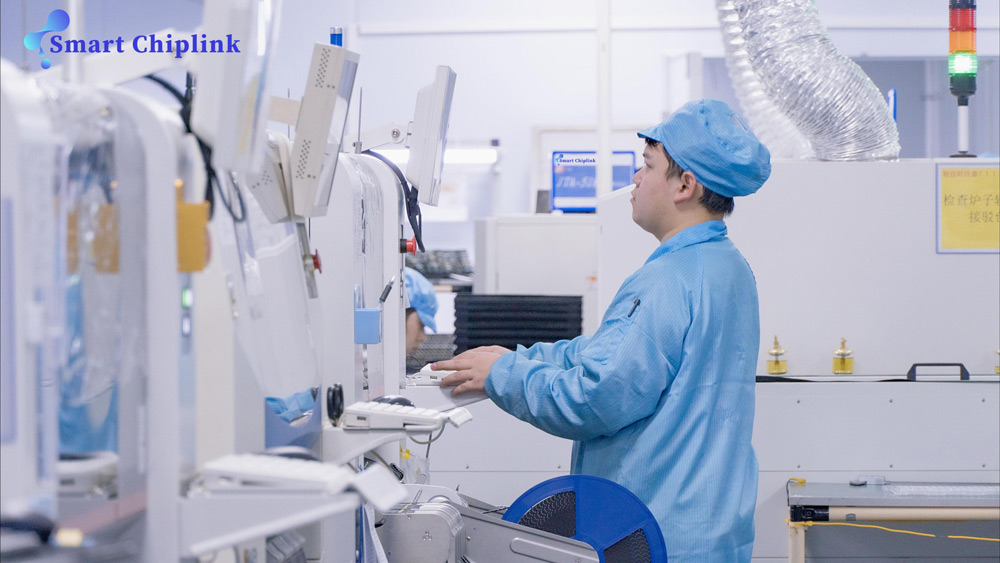
 English
English Español
Español Português
Português русский
русский français
français 日本語
日本語 Deutsch
Deutsch Tiếng Việt
Tiếng Việt Italiano
Italiano Nederlands
Nederlands ไทย
ไทย Polski
Polski 한국어
한국어 Svenska
Svenska magyar
magyar Malay
Malay বাংলা
বাংলা Dansk
Dansk Suomi
Suomi हिन्दी
हिन्दी Pilipino
Pilipino Türk
Türk Gaeilge
Gaeilge عربى
عربى Indonesia
Indonesia norsk
norsk čeština
čeština Ελληνικά
Ελληνικά Українська
Українська Javanese
Javanese فارسی
فارسی български
български ລາວ
ລາວ Latine
Latine Қазақ
Қазақ Euskal
Euskal Azərbaycan
Azərbaycan slovenský
slovenský Македонски
Македонски Lietuvos
Lietuvos Eesti Keel
Eesti Keel Română
Română Slovenski
Slovenski Српски
Српски 简体中文
简体中文 Беларус
Беларус















